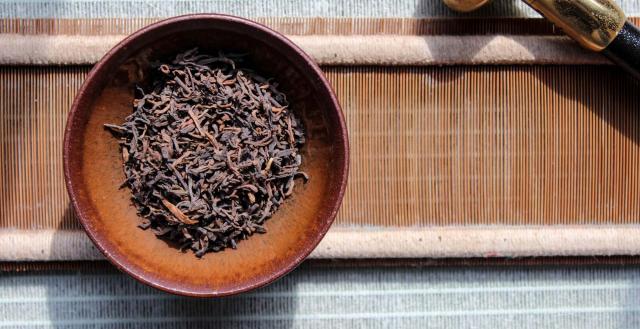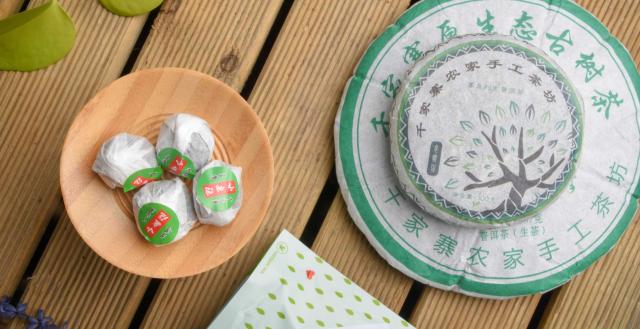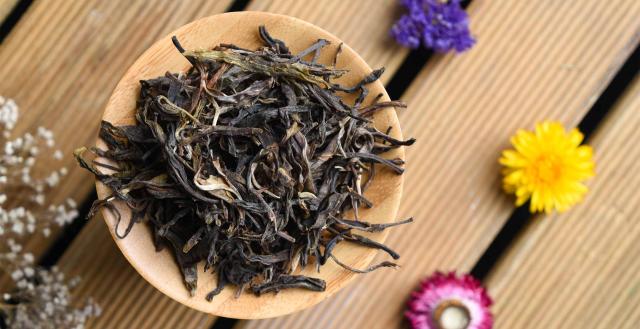

Originally shared in our Tasting Journal Newsletter
This article is excerpted from our Daily Deal Newsletter.
Sign up and be the first to know about special discounts and see list-exclusive small-release tasting journals, and we'll send you a special coupon for free tea!
This article is a bit more “behind the scenes.” If you’ve browsed our site, you might have noticed quite a bit of Tibetan teaware - including Nixi pottery, hand-woven tea runners and Tibetan incense made from foraged wild herbs in Meili Xueshan. What’s the story behind these Tibetan offerings?


Verdant Tea's Tibetan offerings actually grew out of the very same months in China a decade and a half ago that sparked my love of tea.
My deep friendships with our partner-farmers started when I was a student-researcher collecting the folklore of tea growing regions. I was lucky enough to get a research grant to meet Li Xiaoping in Dragonwell, the He Family in Laoshan, and study with Wang Yanxin, recording and publishing stories about how teas got their names, how they first arrived in an area, etc.
After this first research grant term wrapped up, I was able to extend my time in China on a second grant focused on folklore - retracing the route of Tibetan author Alai’s journey recorded in his travelogue The Mountain Staircase.
This travelogue was a deep exploration of the unique Khampa Tibetan tradition, including Bön shamanist stories of mountain gods, as well as modern recollections of deforestation during the Cultural Revolution from a frenzy to build structures only with the endangered red pine of Khampa because the red was seen as more patriotic.


Along this journey, I got to meet cultural activist Dakpa Kelden, who has been working to bring back old traditions in Gyalthang and build an economy to support these traditions, including Nixi pottery. He introduced me to some of the last living masters of Nixi pottery, and to traditional textile artists as well as Khampa incense makers.
At the time, this was all important work to document as a researcher and translator.
Much later, I reconnected with Dakpa Kelden, who had started a tour company Khampa Caravan, as well as a hotel and a school for traditional Tibetan Thangka painting. I was in awe of all the work he was doing to revitalize the crafts he cared so much about when I first met him.
I felt like our paths were crossing again for a reason. As a student, the work I got to document in Nixi and Gyalthang was incredibly moving. So why not reignite those connections and offer the logistics chain forged over the last decade to bring in tea and teaware from individual families to the families I met in 2008 in Gyalthang?








Thrillingly, Dangzhen Pichu, the son of the master I documented in 2008 in Nixi, was excited by the prospect of sharing more of his work internationally, and Li Shuling - the textile artist I met in 2008 - couldn’t wait to share with a wider audience.
We also connect with Manzhaya, the incense company working with Living Buddha Danzing Qunpei to revive old-school Tibetan medicine was interested in seeing their work enjoyed on a wider scale.
So, that brings us up to date.
I am so honored to represent so many skilled artists and farmers. It is why I get up in the morning, and it is what keeps us so excited year after year. I wanted to share some background here because Verdant Tea is a community at the end of the day. It grew - not out of a business idea - but out of deep relationships forged decades ago through cultural exchange.
To recognize the connection between these special Tibetan hand-crafted objects and the tea farmers we represent across China, I want to highlight a few Pu’er offerings. The ancestors of farmers like Mr. Zhou in Qianjiazhai picked pu’er that found its way to Gyalthang on Khampa caravans along the tea horse trail; a reminder that tea has always transcended borders.








 How To
How To Myths & Legends
Myths & Legends Travelogue
Travelogue Tasting Journal
Tasting Journal Talking Shop
Talking Shop Tea 101
Tea 101 Watch
Watch Teaware
Teaware News
News




Leave a Reply